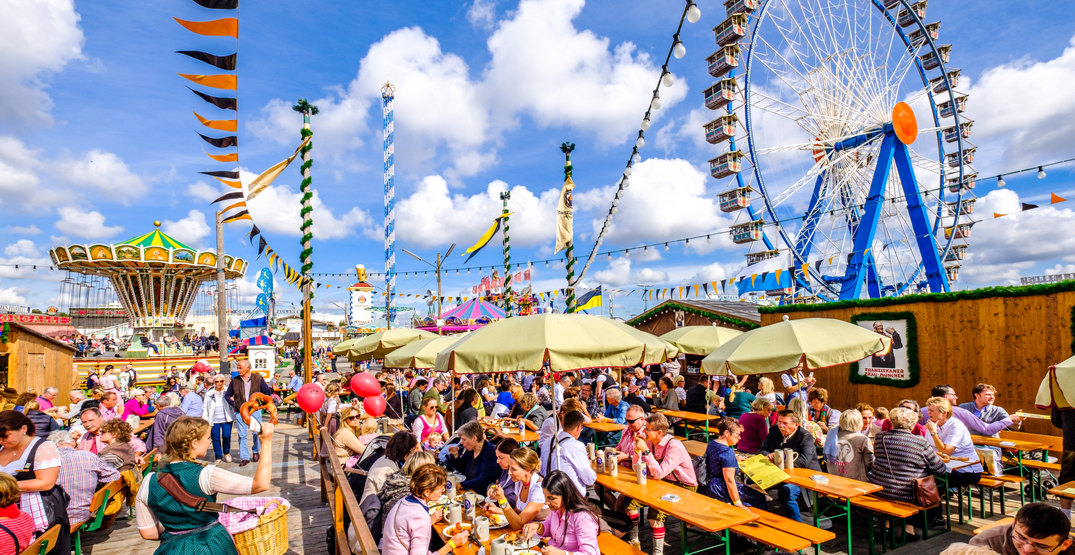Are you a little perplexed with the recent upsurge of interest in certain medieval attire, Lederhosen, and wonder what it is and where it all began? Let us start from the terminology, Lederhosen, plural for Lederhose, are short pants for men that people of Central Europe, mainly Bavaria, some parts of Austria, Switzerland, and even Italy use to wear in the seventeenth century. Literally translated from German, Lederhosen stands for ‘leather breeches’.
[block id=”featured-products-block”]
Traditional Lederhosen:
The Traditional Lederhosen was made from goat or cow-tanned leather, it was worn by the workers. Leather meant that these clothes were durable, and were cut short to knee length so that they would not be an inconvenience in the mountainous region. Further, it was easy to clean them off while they provided protection from rain and snow.
Traditionally the leather used for lederhosen costumes was deer leather, mostly afforded by the nobility, as it is much softer and does not tear easily. Hence Lederhosen was also passed down from generation to generation. They were mostly used for horse-riding, hunting, and other such outdoor works. The knee-length breeches accompanied with suspenders and pockets were popular but the front drop flap was considered a Bavarian trademark, sometimes decorated with embroidery.
The German Lederhosen had become less popular around the nineteenth century among the city dwellers owing to its association as a workman’s attire but later around 1880 it came back in fashion and was worn as a cultural dress at parties and social outings instead of workwear. The nobility in France and other regions of Europe started wearing the peasants’ attire to celebrate the simpler lifestyle. The embroidery on their flaps became an emblem of the region they belonged to, hence the Bavarian style of Lederhosen became a costume of pride and regional affiliation.

People started wearing men German clothing to formal events and weddings to own their heritage. The tradition has continued ever since. Authentic Lederhosen, even in this century is alive and popular, people buy and adorn this traditional dress at Halloween parties and October fests that take place all around the world now, not just in Germany.
Although men became all the rage for working-class men in the mid-eighteenth century in and around Central Europe, it is still known as Bavarian Lederhosen or German Lederhosen because of the origin of german lederhosen and perpetuation from that place. Worn by farmers and laborers, this apparel carries with it not just traditional value but cultural and social significance.

It speaks of the simpler times, of hard-working people with the strength and courage to face the world with a minimalist attitude. Its cultural significance as a symbol of centuries-old heritage that is worth preserving and perpetuating is well taken care of in the form of Oktoberfest, which celebrates not just the spirit of the time and people but encourages the proper attire as a tribute to its culture and history. So, now when Oktoberfest rolls in, you will have a better understanding of this particular feature of tradition.








